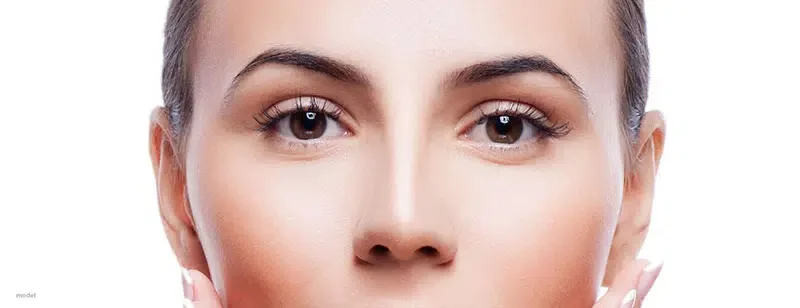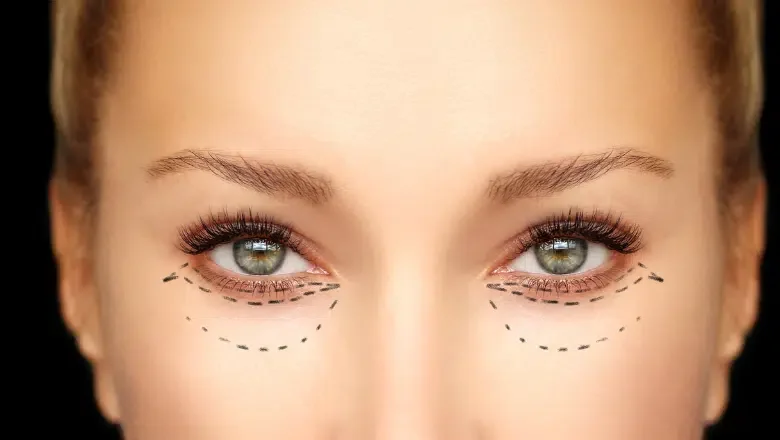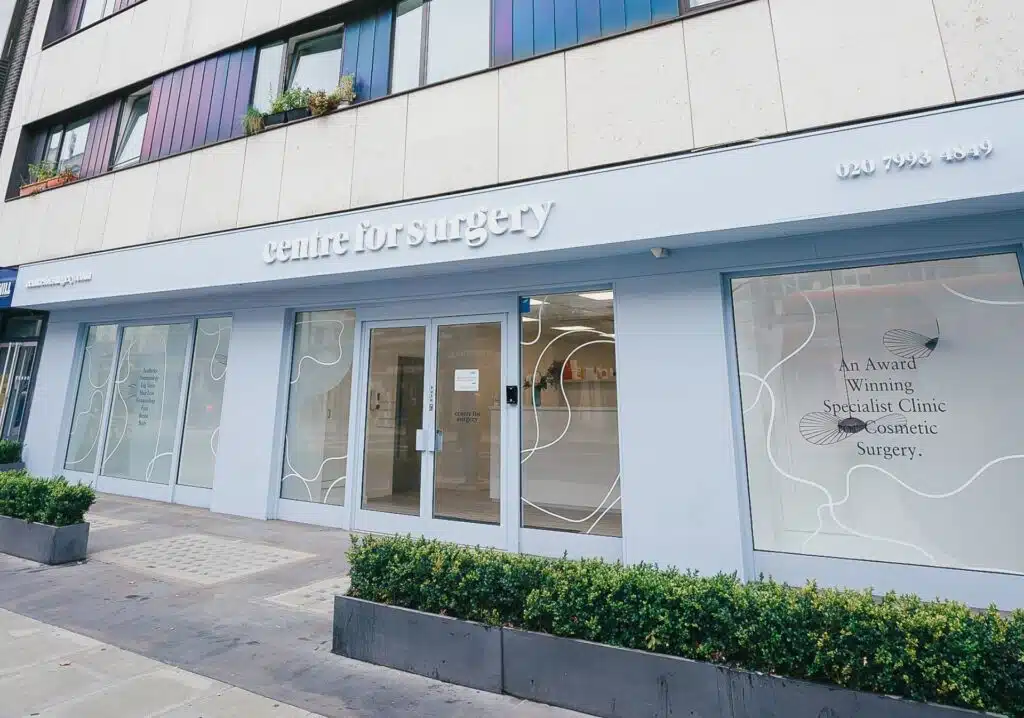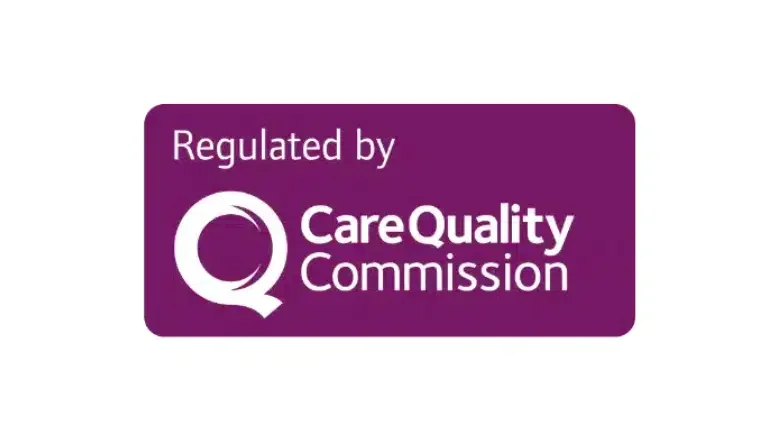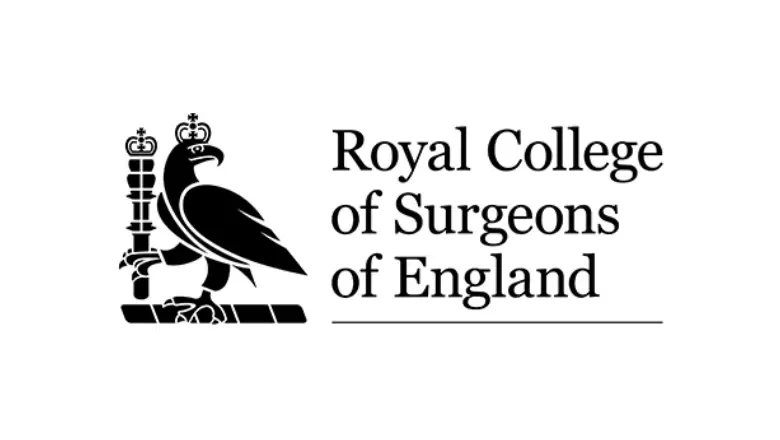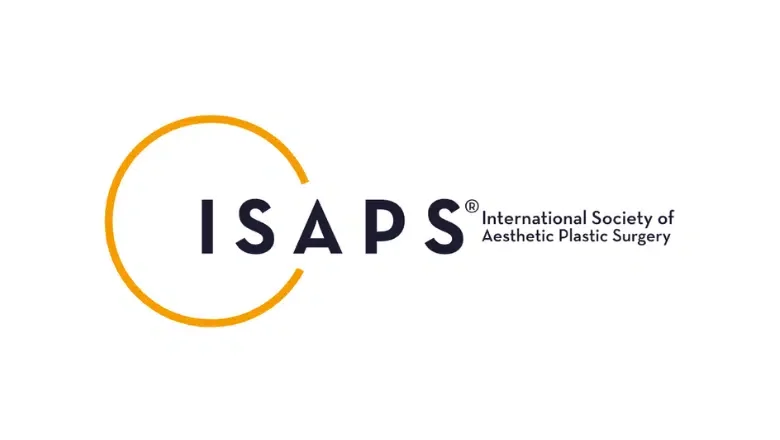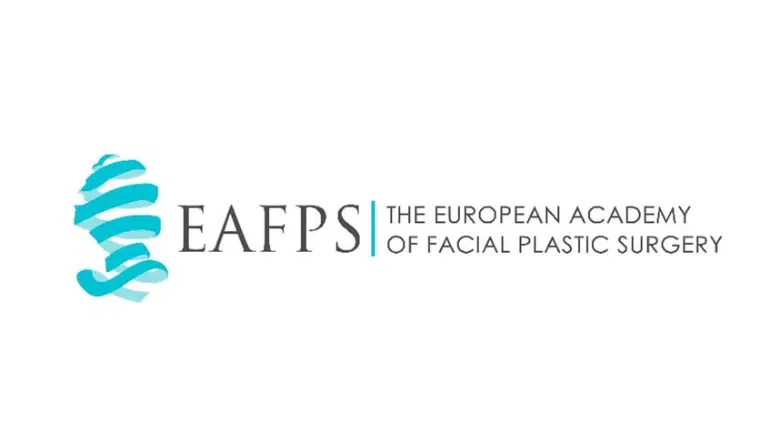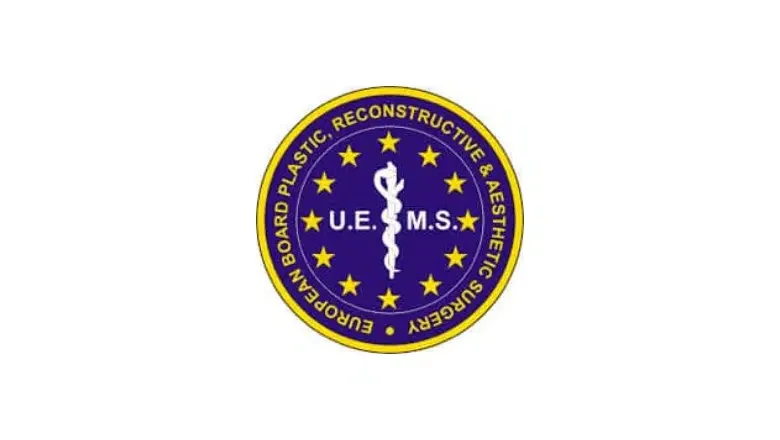Eyelid surgery, also known as blepharoplasty, is a surgical procedure designed to remove excess skin from the upper or lower eyelids. Eyelid reduction may also involve the removal of eyelid fat and the tightening of weakened eyelid muscles for a more refreshed and youthful appearance. Although eyelid surgery is considered a relatively minor procedure, it is essential to carefully consider the risks and benefits of surgery before making an informed decision. Here, we cover all the critical details about eyelid surgery.
RELATED: What are the benefits of eyelid surgery?
What does eyelid surgery involve?
Blepharoplasty can involve surgery on the upper or lower eyelids or a combination of both.
- Upper eyelid blepharoplasty is ideal for patients with excess skin in the upper eyelids that may result in hooded eyes.
- Lower eyelid blepharoplasty is ideal for patients with eyelid puffiness or bags under the eyes, causing them to appear fatigued and tired-looking.
Once you have had a clinical assessment, your Surgeon will be able to determine the most appropriate type of eyelid surgery. Upper blepharoplasty can also be combined with a lower blepharoplasty in the same procedure.
RELATED: Eyelid Surgery FAQs – Q&A about Blepharoplasty
Eyelid surgery is customised to the needs of the individual patient
It is essential to remember that everyone will have varying degrees of excess skin, particularly around the eyelids. This will determine the amount of surgical correction required; therefore, no two upper eyelid procedures are identical. Every procedure is customised to match a patient’s expectations for treatment to achieve the best eyelid surgery results.
RELATED: What Conditions Can Eyelid Surgery Treat?
Eyelid surgery is ideally performed by expert consultant plastic surgeons who will have a detailed understanding of what youthful-looking eyes look like. Several factors will be considered when planning an eyelid surgery, including ethnic origin and gender. Any eyelid surgery must also respect the intricate functional anatomy of the eyelids to prevent dry eyes after blepharoplasty. This is why it is crucial to conduct thorough research to select the best blepharoplasty surgeon in London.
How is eyelid surgery performed?
Eyelid surgery is customised to each patient, and the extent of surgery will be determined by the amount of surgical correction required. Most types of eyelid surgery can be easily undertaken with a local anaesthetic. A general anaesthetic is recommended for patients who prefer to be asleep or for more complex cases. Before upper eyelid surgery, the surgeon will first carefully mark the position of the eyelid crease and the amount of skin that needs to be removed. Once the eyelids have been injected with a local anaesthetic, the excess skin will be removed with a surgical scalpel, and any pinpoint bleeding will be controlled with fine cautery. It is essential to remove the correct amount of skin to achieve a natural-looking result, as removing too much skin can lead to difficulties in closing the eyelids.
RELATED: What Does Eyelid Surgery Involve?
Lower eyelid surgery involves making incisions along the eyelash margin and repositioning fat to achieve a natural-looking eyelid contour. Sagging eyelid skin is surgically removed and is often combined with tightening of the muscles which form the lower eyelid. The eyes are checked for symmetry before closing incisions with dissolvable stitches.
What blepharoplasty results can I expect?
Final results will vary between patients, although the procedure is designed to achieve tighter skin with more alert and open eyes. The best types of eyelid surgery are designed to produce a subtle but defined appearance which takes years off you. Although you may notice results soon after the procedure, any bruising and swelling will persist for up to 2 weeks. Most patients return to work within 7 to 10 days, and it can take up to 4 weeks for swelling to settle down. The final results of eyelid surgery are usually observed at six weeks postoperatively.
Traditional scalpel blepharoplasty vs laser blepharoplasty
Here at Centre for Surgery, blepharoplasty surgery is commonly undertaken using the scalpel method. Some surgeons may use a CO2 laser to make incisions and remove loose skin. The results of eyelid surgery are more widely determined by the surgeon’s skill rather than the type of instruments used. Although similar results can be achieved with both procedures, we believe that blepharoplasty scarring is minimised with the traditional scalpel technique of blepharoplasty compared to laser blepharoplasty.
What are the risks of eyelid surgery?
As with any type of surgery, there are risks involved, and blepharoplasty surgery is no different. When performed by a skilled plastic surgeon, eyelid surgery is considered to be a very safe and effective procedure.
RELATED: Risks of Blepharoplasty Surgery – Eyelid Surgery Risks
Common side effects of eyelid surgery include:
- Temporary bruising and swelling around the eyes
- Temporary blurred or double vision
- Tiny lumps along the incision line
These side effects are commonly observed after any type of eyelid surgery and will settle down on their own after a few days.
Potential complications of eyelid surgery include:
- Asymmetrical results
- Dry eye syndrome
- Difficulty in closing the eyes fully
The risk of blepharoplasty complications can be minimised by choosing to have your eyelid surgery with a highly skilled and experienced plastic surgeon at Centre for Surgery in London.
How long does it take to recover after blepharoplasty?
Recovery after eyelid surgery is typically very smooth, provided you follow your surgeon’s post-operative instructions in full. It is normal to experience mild bruising and swelling, although it is unusual to experience significant pain and discomfort. Bruising and swelling can be minimised by applying cold packs intermittently and keeping your head elevated while sleeping. These simple measures will help to minimise swelling and speed up your recovery. Only light activities should be carried out for the first two weeks after surgery, and any heavy lifting should be avoided. Most patients can return to office-based work after three days.
RELATED: How Long Is Blepharoplasty Recovery?
Is it normal to have blurred vision after eyelid surgery?
It is normal to experience temporary blurred vision after eyelid surgery, which is most commonly caused by mild corneal swelling and the use of eye lubricant drops, applied by your surgeon before the procedure begins. Any blurred vision will resolve completely after two days, and there is no requirement to wear eyepatches during this period.
How to minimise scarring after blepharoplasty?
Any surgery involving incisions will result in scarring. Eyelid surgery involves short incisions positioned in the eyelid crease. This means any blepharoplasty scars are virtually invisible once you have fully healed. The incisions may initially appear red during the early recovery period, but these will fade to a faint white colour after a few weeks.
RELATED: What do blepharoplasty scars look like?
How long do eyelid surgery results take to appear?
Eyelid surgery results are considered long-lasting, with most patients reporting that their results last for at least five years. The natural ageing process is not prevented with eyelid surgery, however, and the skin’s elasticity and the facial muscles’ tightness will continue to diminish over time. We recommend using a regular moisturiser and sunscreen around the eyes to help maintain the results of your eyelid surgery for longer.
Am I suitable for blepharoplasty?
Ideal candidates for a blepharoplasty include men and women who have started to develop signs of ageing affecting the area around their eyes. Typical features which may be noticed include hooded eyelids, droopy eyelids or bags under the eyes. Some people are genetically predisposed to developing drooping eyelids and under-eye bags that may cause them to look much older than they actually are.
There is no age limit for determining suitability for the procedure. Patients should be in good overall health and ideally non-smokers to reduce the risk of wound complications. Eyelid surgery is often considered worthwhile if you want to appear younger and more refreshed. The results are designed to appear natural-looking and enhance facial features. Most patients report a very smooth recovery after blepharoplasty, with minimal pain or discomfort.
Why choose Centre for Surgery for eyelid surgery in London?
Centre for Surgery is the leading cosmetic surgery clinic in London, and our state-of-the-art Baker Street clinic in Marylebone is home to some of the best plastic surgeons in the UK. We carry out over 100 blepharoplasty and eyelid surgery procedures each year of all grades of complexity. Our patient satisfaction rates consistently exceed 97%, as demonstrated by our numerous online five-star reviews.
Once you have decided to proceed further, please get in touch with us today on 020 7993 4849 or complete the contact form below. Our friendly and knowledgeable patient coordinators will act as your personal point of contact throughout your patient journey with us at Centre for Surgery.
